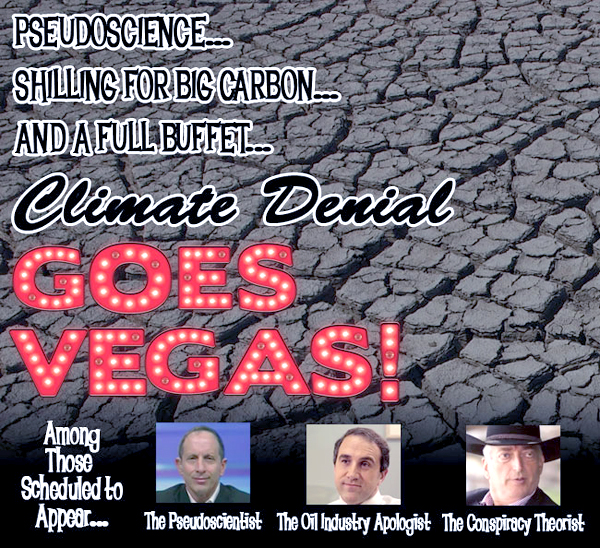I learned about coal rollin’ the hard way.
By seeing it.
Thankfully, I didn’t witness coal rollin’ in person.
Nonetheless, I am experiencing PTSD because of it. Thanks, Green Diva Meg, for bringing it to my attention. Yeah. Thanks a lot. Life was better when I didn’t know about coal rollin’ and those who participate in it.
WTF is coal rollin’? It’s not a term for rolling a new kind of extra noxious coal laced cigarette. Or something dogs do when they come across a pile of coal. Nope.
As quickly as I’d like to un-learn the facts about coal rollin’, I couldn’t avoid bringing the topic up in the latest Green Divas myEARTH360 Report. Listen and then continue on to learn more about it and other stuff that’s going on in environmental news (encouraging news included).
If you need the coal rollin’ visual, watch this:
And this…
Now maybe you understand why we all got a bit riled up about this coal rollin’ nonsense in the podcast segment.
Read more about it in the smart article from Treehugger—plus, get the highlights from other environmental news (don’t worry, there’s encouraging news, too!)—below…
WTF
Here’s why “Rollin Coal” is actually awesome
From Grist to Huffington Post, the green blog world appears to be up in arms about “Rollin Coal”, a new trend in which anti-environmentalist idiots with nothing better to do modify their diesel engined trucks to burn fuel less efficiently on demand and thus belch out toxic fumes onto innocent bystanders, Prius drivers, cyclists and anyone else they take a dislike to.
Recognizing that the whole point of such behavior is to provoke a reaction, I am hesitant to add another angry column denouncing such antics. Besides which, if you stop to think about it, Rollin Coal is actually awesome. What better way to illustrate the stupidity of being an “anti-environmentalist” than to let the “anti-environmentalists” do their own thing? Read more…
Climate Denial Goes Vegas
They say comedy is just a funny way of being serious. So it’s natural that a deepening climate crisis would produce a deepening well of climate comedy. We don’t yet have our climate-themed Dr. Strangelove, but there’s now a feature film’s worth of gags, skits and riffs exploring the lighter side of a cooking planet. Stand-up comics, from mainline stars like Louis C.K. to niche acts like the Christian comic Paul Kerensa, have mined climate change for material. Climate activist groups like 350.org have recently begun to take a cue from Comedy Central. Even NASA climatologists have gotten awkwardly into the act.

Like the global temperature, the phenomenon is on an upswing. In May, a New Yorker science blogger mused on the benefits of employing a “comedic frame” in climate coverage. A couple weeks later, the Guardian collected climate-comedy highpoints, from The Onion to “Ali G.” The newest item on the list came from a May bit from an exasperated John Oliver on the media habit of “balancing” the climate consensus with fringe skeptics. Read more…
5,000+ Schools Risk Toxic Exposure if the EPA Approves This.
There are 5,609 American schools within 200 feet of farm fields that may soon be blanketed with massive amounts of a toxic defoliant linked to Parkinson’s disease, non-Hodgkin’s lymphoma and reproductive and immune system problems.
That’s the finding of a new Environmental Working Group (EWG) analysis that shows that hundreds of thousands of children across the country will be at risk of increased exposure to the harmful chemical compound 2,4-D if the U.S. Environmental Protection Agency (EPA) approves a new weed killer mixture called “Enlist DuoTM” created by Dow AgroSciences (a wholly owned subsidiary of Dow Chemical Co.).
That apparently doesn’t worry the EPA. But if these rural schools were full of plants rather than children, the agency would be concerned. Read more…
Encouraging…
Hints of hope emerge in deadly American bat plague
White-nose syndrome is still racing across North America with a vicious mortality rate, but a few bat colonies in the earliest-hit states may finally be showing signs of resistance 8 years into the invasion.
About 6 million American bats have died from white-nose syndrome since its mysterious 2006 debut, and the disease’s rapid spread still threatens the survival of some species. But if scientists are right about a few little brown bats in the U.S. Northeast, there may finally be a light at the end of the tunnel.
A new study from Vermont suggests up to 96 percent of little brown bats survived last winter’s hibernation in Aeolus Cave, a major bat hangout that has been riddled with white-nose syndrome (WNS) since 2008. Read more…
The shocking truth about B.C.’s carbon tax: It works
When Mark Twain wrote, “Never let the facts stand in the way of a good story,” he could have been describing Canada’s current climate policy debate. Prime Minister Stephen Harper repeatedly claims that a carbon tax would “destroy jobs and growth.” Yet the evidence from the province that actually passed such a tax – British Columbia – tells a different story.
The latest numbers from Statistics Canada show that B.C.’s policy has been a real environmental and economic success after six years. Far from a being a “job killer,” it is a world-leading example of how to tackle one of the greatest global challenges of our time: building an economy that will prosper in a carbon-constrained world. Read more…
Study Finds More Costs Than Benefits From Fracking
Even before the most recent recession, Carroll County in rural eastern Ohio was struggling. Employment prospects were sparse and young people were fleeing for opportunities elsewhere. Then came 2011 and arrival of the shale industry, giving the local economy an injection of jobs and the attendant financial benefits an influx of new business creates.
Though shale development has changed the county’s fortunes, the transformation from ghost town to boom town has been far from smooth, according to a study released in April by nonprofit research organization Policy Matters Ohio. Months after the study was made public, there are still lingering questions about whether the cultural, environmental and public health costs of fracking outweigh the economic benefits. Read more…
Zero-energy house of the future could be lurking in your neighborhood
Even before the most recent recession, Carroll County in rural eastern Ohio was struggling. Employment prospects were sparse and young people were fleeing for opportunities elsewhere. Then came 2011 and arrival of the shale industry, giving the local economy an injection of jobs and the attendant financial benefits an influx of new business creates.Zero-energy house of the future could be lurking in your neighborhood.
Wondering what houses will look like in the future? Wonder no longer! Gaze upon the net-zero energy test house built by the National Institute of Standards and Technology (NIST)! Gaze, I say! Read more…
Special Action for The Green Divas Radio Show!
Want to show your love for the Green Divas Radio Show? Please rate our show here and, while you’re at it, share our show with your friends!
Images via shutterstock.
Bonus:
Catch the latest Green Divas Radio Show here…
[dynamic-sidebar id=’Custom Widget 1′]


Pingback: Green Divas, Diesel Rolling and Stupid Human Tricks | climatemama.com
Pingback: WTF are Coal Rollers? | Care2 Healthy Living